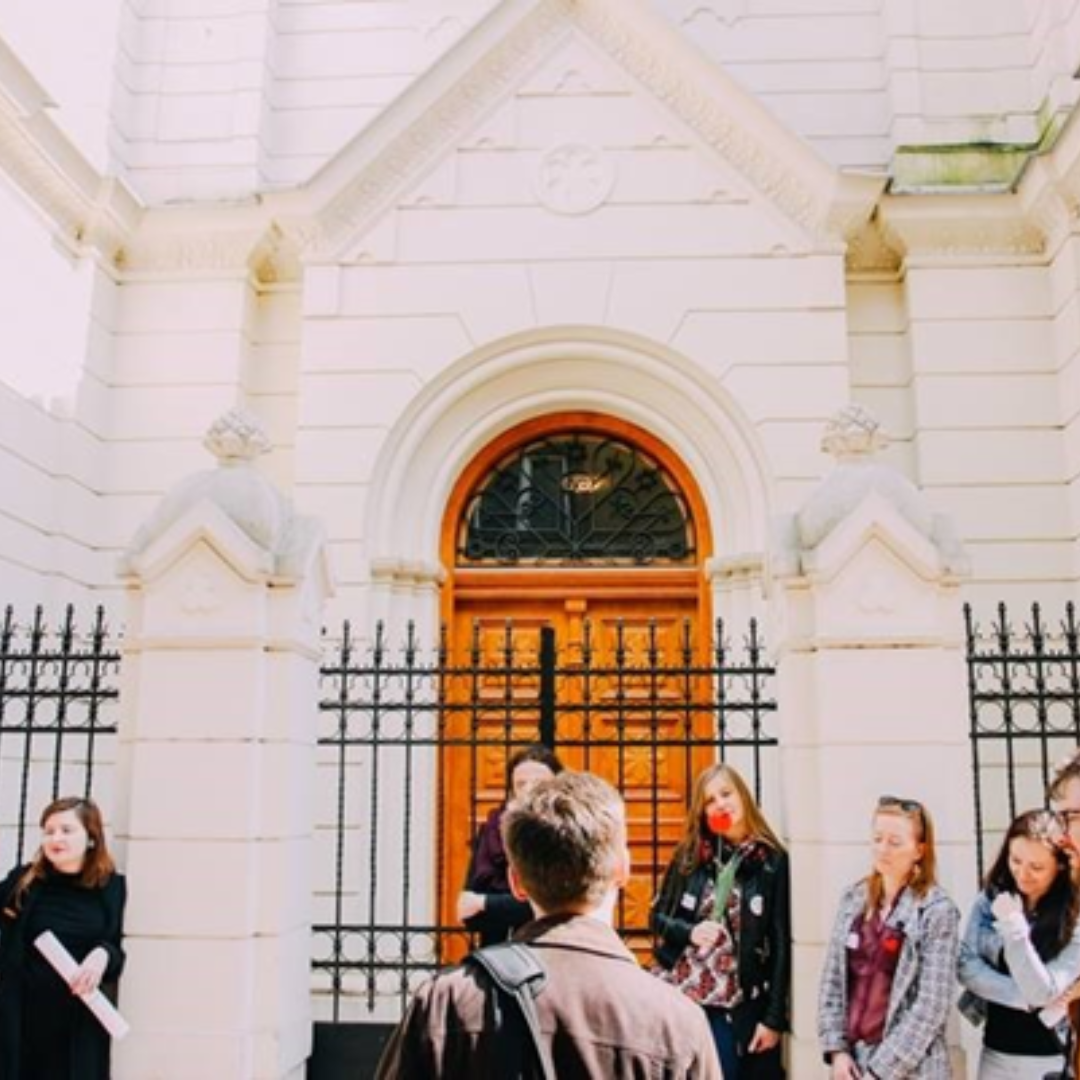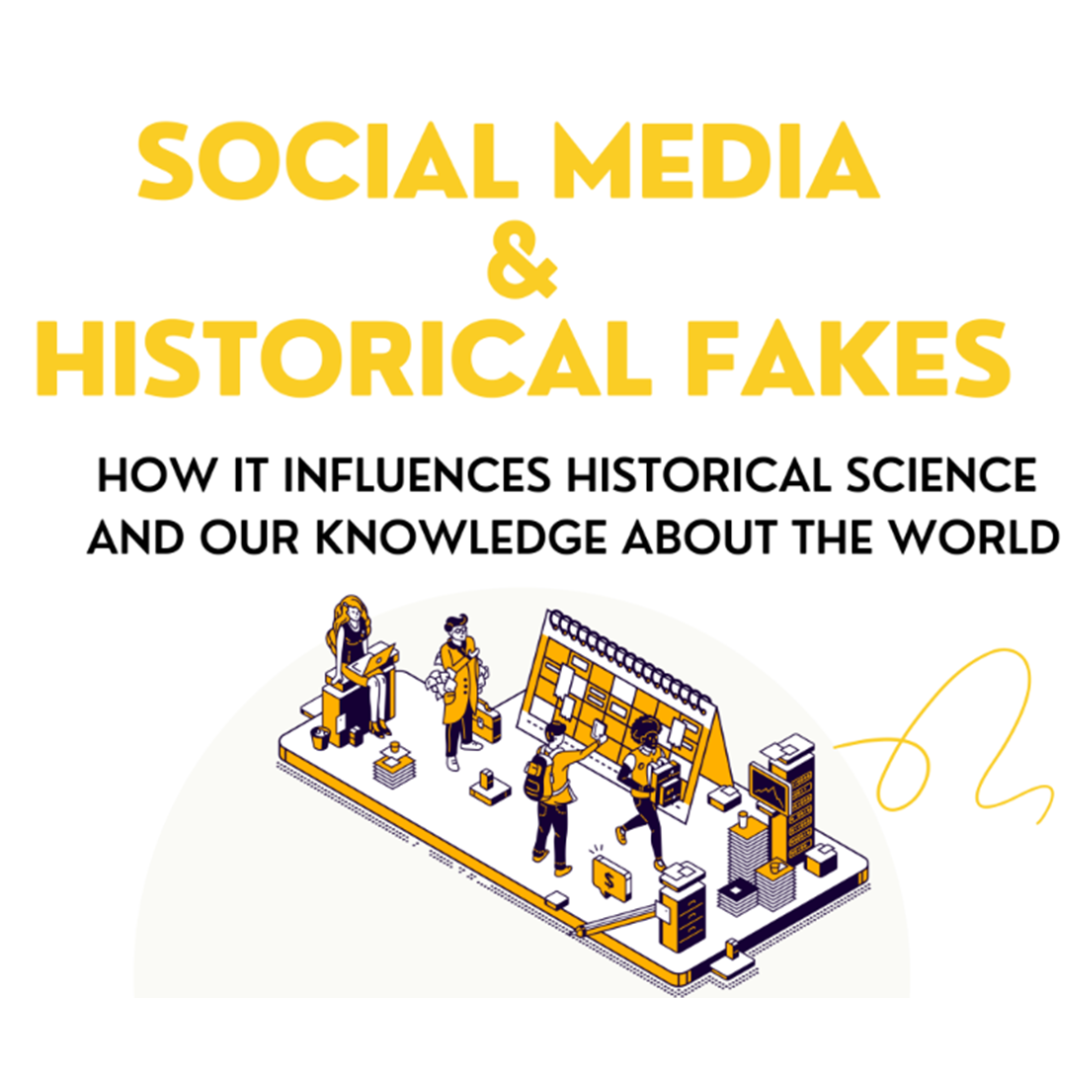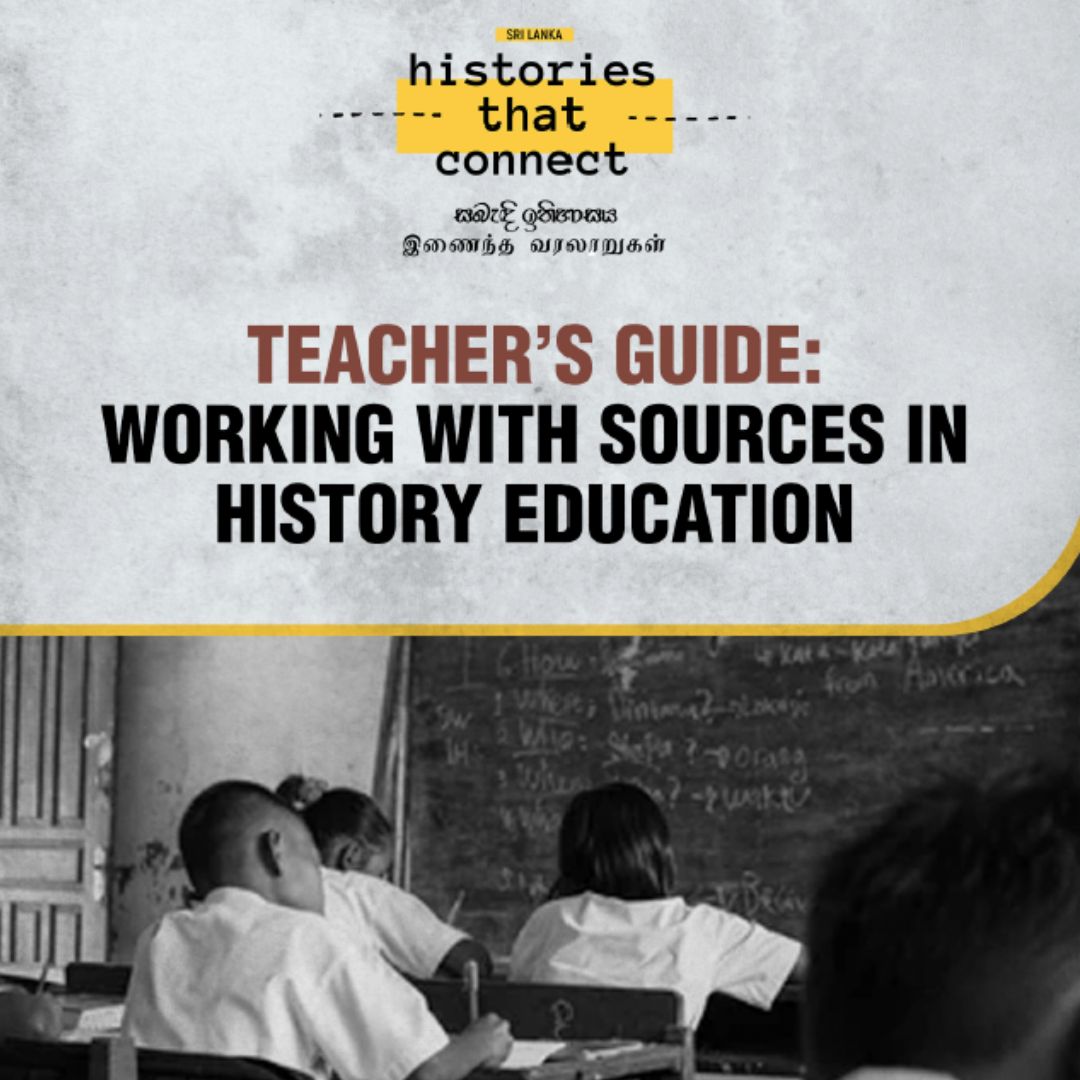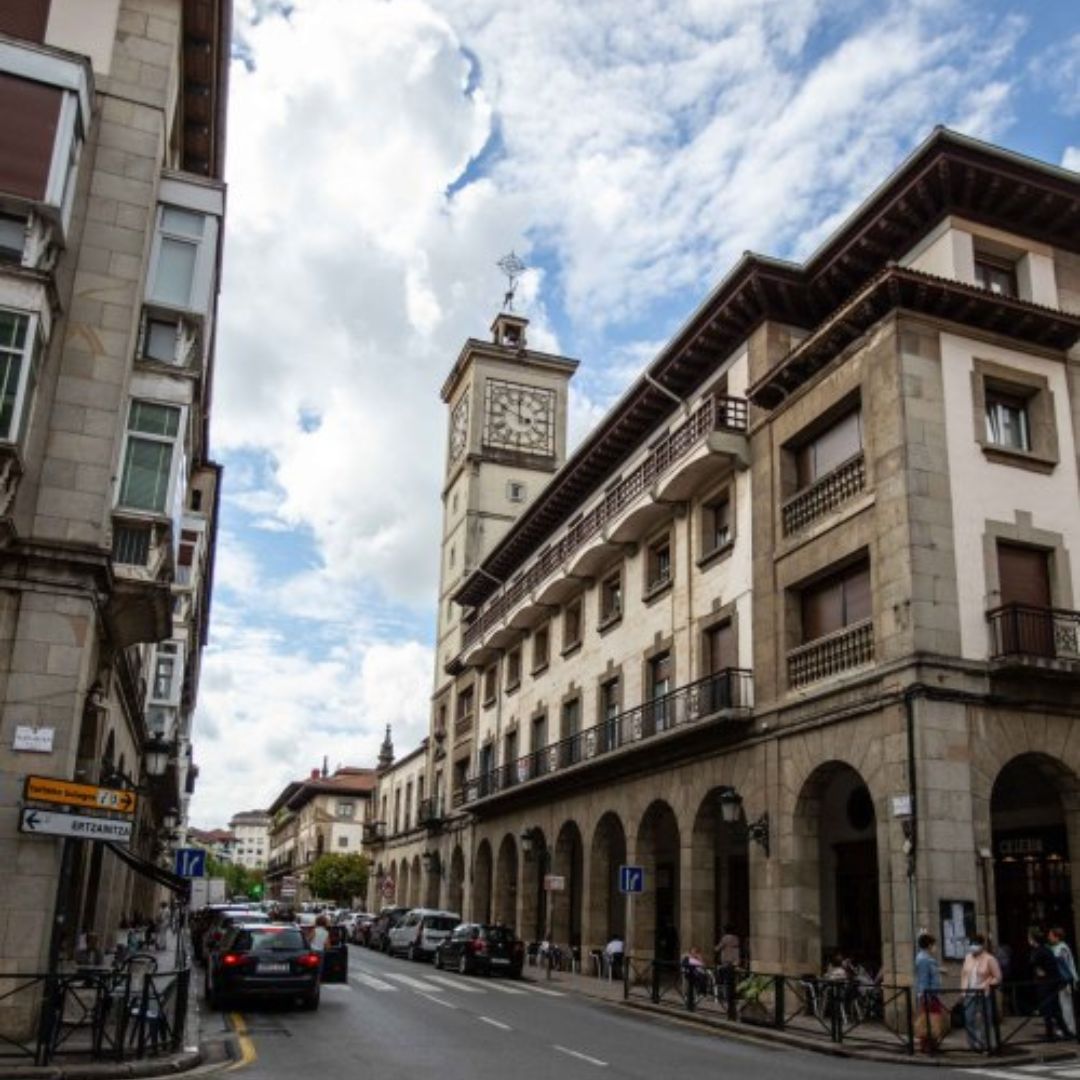One of the difficulties frequently encountered by citizenship teachers and educators is that the subject might seem, to the student, abstract. Students, therefore, might learn concepts by heart, without internalizing the values connected to them. By training students, and especially students with behavioural issues, to become Mediators within their schools, Ariana Cosme has found an effective way to provide a sound connection between citizenship values such as responsibility, respect, and awareness of the consequences of one’s own behaviour, and students’ everyday life.
The Practice
The practice is composed of a variety of steps, which can be easily followed for the effective implementation of the strategy.
- training of the Mediators – the first step in the implementation of the practice was the selection of Students who wanted to become Mediators. Students were usually invited to become Mediators, according to two criteria – either because they were known as always having had an extremely correct behaviour and could function as a role model to other students or because they had misbehaved and, by assuming this responsibility, would recognize they were being given a second chance. This second chance proved to be, in the majority of cases, extremely successful. The students’ age could range from 13 to 18 years old, thus allowing almost every grade at the school to be included in this mediation role. Then, students candidate to become Mediating Students took part in a short (five to six sessions) course on School Mediation. Such course had a formal setting, and every session begun with the coordinating teachers asking the students to sign a contract, and ended with the attribution of a certificate to the students. In these sessions, students would learn how important it was to listen to both sides of a conflict, to encourage dialogue between the involved parts and to try to reach an agreement that would satisfy everyone. The importance of recognizing one’s own errors and having the courage to apologize was occupied also a big part of the classes.
- creation of a Conflict Mediation Office – during the training of Mediators, the school chose a room to be dedicated to Conflict Mediation. The Conflict Mediation Office (this was the name given to the room) was then decorated, making it comfortable and cosy for students, creating in this way an environment suitable for dialogues and conflict mediation. In the case of this example, the decoration happened mostly thanks to the help of teachers, who donated carpets, joyful curtains, and even a sofa. All the equipment was old, but still in good conditions.
- implementation of the Mediation Strategy – every time a student was involved in a problem with a teacher or with assistants, he was referred to the Conflict Mediation Office. There, the student was asked to reflect on his/her own acts.
This reflection was guided by either a trained teacher or a Student Mediator. The role of the Mediator, during this step, was to understand the reasons why the student misbehaved, and to help him understand why his/her behaviour was wrong. Furthermore, the Mediator helped the student understand that he/she should apologize with the teacher/assistant.Then, after the dialogue in the Conflict Mediation Office has ended, the Mediator went back to the classroom with the student. Since the classroom was busy with a lesson, the Mediator would ask the teacher the permission to enter the classroom, and then invite the student to apologize to the teacher. Together with the conversation with the Mediator, this public apology is what reinforces the student’s conviction that the misbehavior was unnecessary and damaging,and should not re-occur.
Obstacles and lessons learned
A first obstacle encountered in the implementation of the practice was the fact that some teachers were not convinced to include students with behavioural issues among the Candidates to become Mediators. Luckily, this obstacle was easily overcome when they could witness the effectiveness that assuming the responsibility for one’s actions had on students’ subsequent behaviour. As a consequence, teachers started to consider the inclusion of students with behavioural issues as one of the keys to the success of the project.
Another obstacle was the fact that, sometimes, the dialogue in the Conflict Mediation Office took some time. Since the dialogue happened right after the ‘incident’, the dialogue took often place during lesson hour, determining for the student the recognition that he would need not only to improve his behaviour, but also to work harder in order to catch up with what he/she had missed while in the Conflict Mediation Office. To avoid this, and to reduce at a minimum the time students are prevented from interacting with their teachers and colleagues, the dialogues in the Conflict Mediation Office were tailored so that they would not last more than 15 minutes.
Finally, it is really important that, during the dialogue between student and Mediator, the authority of the teacher/assistant who was ‘victim’ of the ‘incident’ is never disrespected. At the same time, the reasons of the student should be listened carefully, and never considered less important or mocked.
Effect of the practice
After the implementation of the project, the School witnessed a sharp decrease in the number of disciplinary incidents. Furthermore, students that were considered the main responsible for such incidents became Mediators themselves. Therefore, not only they stopped being undisciplined, but they also started to actively prevent and mediate the action of their colleagues. At the moment, the two students with Special Education Needs have become Mediators. Despite their small cognitive limitations, they are extremely friendly with their colleagues, and have already managed some conflicts in a most effective way.
About the Interviewee
Ariana Cosme has a doctorate in Science of Education by the Faculty of Psychology and Science of Education in University of Oporto, where she holds the position of Assistant Professor.
Lately, the “socio-pedagogical mediation within the scope of formal educational contexts” has been filling a good part of her investigation.
She belongs to the Investigation group KIDE – Knowledge, Innovation and Diversity in Education. She’s also the Co-coordinator of Life Observatory in Schools (LOS), from the CERI (Centre for Educational Research and Intervention).
E-mail: ariana@fpce.up.pt
Background to this project
The high number of incidents from disciplinary character, existing in the Schools Group of Santa Bárbara, in Fânzeres, Gondomar, Portugal, led the associated Administration to contact the Faculty of Psychology and Science of Education of the University of Oporto in the 2014-2015 school year. With the help of the University, and especially of Ariana Cosme, the school not only created a “Conflict Mediation Office”, but promoted the training of Teacher Mediators and, especially, of “Student Mediators”. Student Mediators were selected both among students who had always had an exemplary behaviour and students who were used to disrespect both their teachers and their classmates, determining a sharp decrease in the number of incidents.
Additional Information
Teachers or anyone interested in specializing in this issue can apply to the Post-Graduation Course: “Mediation of Conflicts in School Contexts” coordinated by PhD Professor Ariana Cosme, in FPSEUO, as well as in the training initiatives streamlined by her, invited by many other schools. Soon Ms. Cosme would also publish a book about the experience she carried out in the School Cluster of Santa Bárbara, in Fânzeres, Gondomar. For more information, please contact: ariana@fpce.up.pt
https://www.ulp.pt/pos-graduacao/mediacao-de-conflitos-em-contexto-escolar
Written by Lina Madeira (School Cluster of Montemor-o-Velho), from the made interview to Ariana Cosme (Faculty of Psychology and Science of Education, University of Oporto), in Oporto, on the 27th April 2017.





